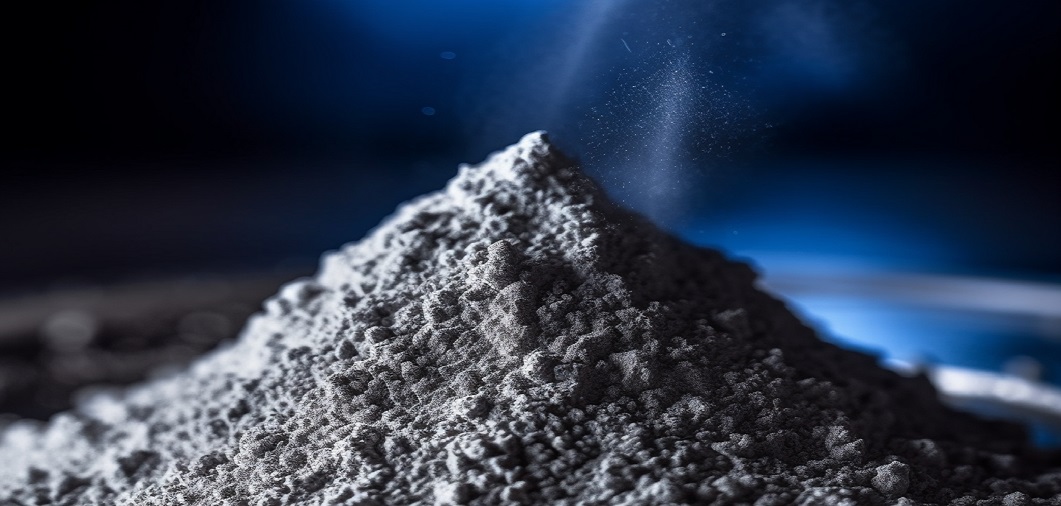

Refractory metals broadly refer to the metals with a melting point of above 2000°C, mainly tungsten (W), molybdenum (Mo), tantalum (Ta), niobium (Nb), and rhenium (Re), among others. Refractory metals have excellent properties like high melting points, high strength, low thermal expansion coefficients, low resistivity, and good thermal stability. Therefore, they play a vital role in numerous applications, for example, in aerospace, electronics, nuclear power, semiconductor lighting, medicine, and machinery under high temperature and pressure.

We have a large range of high-quality Tantalum Alloy Powder, Tungsten Alloy Powder, Molybdenum Alloy Powder, Niobium Alloy Powder, Hafnium Alloy Powder, Rhenium Alloy Powder, Vanadium Alloy Powder, Zirconium Alloy Powder, which can withstand very hot conditions. Our refractory powders are designed to provide better thermal resistance, thus making them ideal for applications in metallurgy, ceramics, glass, and numerous other industries.
|
Metal |
Melting Point (°C) |
Density (g/cm³) |
Key Characteristics |
|
Tungsten |
3422 |
19.3 |
Highest melting point of all metals, excellent high-temperature strength, extremely hard |
|
Rhenium |
3186 |
21.0 |
Outstanding high-temperature ductility, rare and expensive |
|
Tantalum |
3017 |
16.6 |
Best corrosion resistance, excellent biocompatibility |
|
Molybdenum |
2623 |
10.2 |
Cost-effective, relatively good workability |
|
Niobium |
2477 |
8.57 |
Superior superconducting properties, low neutron absorption |
|
Hafnium |
2233 |
13.3 |
High neutron absorption cross-section, heat-resistant |
Notes:
At Stanford Advanced Materials (SAM), we value the significant needs of industries under high-temperature conditions. For this reason, we meticulously source and produce refractory powders using sophisticated production techniques and rigorous quality control measures. Our focus on excellence enables our customers to obtain higher quality products with guaranteed performance.
Our refractory powders are applied across a broad range of industries and processes. Whether you need to line furnaces, insulate kilns, manufacture thermal barriers, or create refractory bricks, our powders offer excellent thermal insulation, chemical resistance, and durability. They are engineered to resist high temperatures, thermal shocks, and harsh operating conditions, enabling your equipment to run efficiently and reliably.
Your satisfaction and trust in our products matter the most to us. We have high-quality standards in every manufacturing process we have, and our refractory powders undergo extensive testing to ensure consistent performance and reliability. Our commitment to quality is further manifested through our compliance with industry certifications and standards, which give you confidence in the performance and reliability of our products.
1. Which Refractory Metal Powder Has the Highest Melting Point?
Powder of tungsten (W) has the highest melting point of 3422°C, which is the highest among all metals.
2. Tungsten (W) vs. Tantalum (Ta) differences
Tungsten has a higher melting point (3422°C vs. 3017°C) and greater density (19.3 vs. 16.6 g/cm³) than tantalum. Tantalum is extremely corrosion-resistant, resisting acids, alkalis, and even aqua regia, and is hence well-suited for chemical and medical applications. Tungsten, while extremely heat-resistant, oxidizes at elevated temperatures and finds application predominantly in ultra-high-temperature applications like rocket nozzles and armor-piercing projectiles.
3. Differences Between Tungsten (W) and Molybdenum (Mo)
Tungsten has a far greater melting point (3422°C versus 2623°C) and is denser (19.3 versus 10.2 g/cm³) than molybdenum. Molybdenum is easier to process and less costly and finds extensive use in high-temperature furnaces and electronic devices. Tungsten, due to its excellent resistance to heat and hardness, is utilized in applications of extremely high temperatures such as rocket motors and nuclear applications.
What Are the Differences Between Tungsten and Molybdenum Powder

